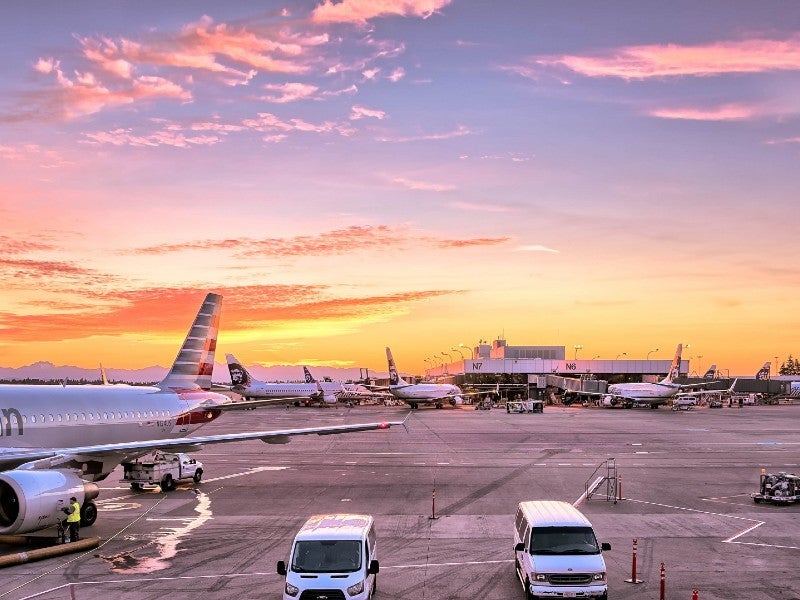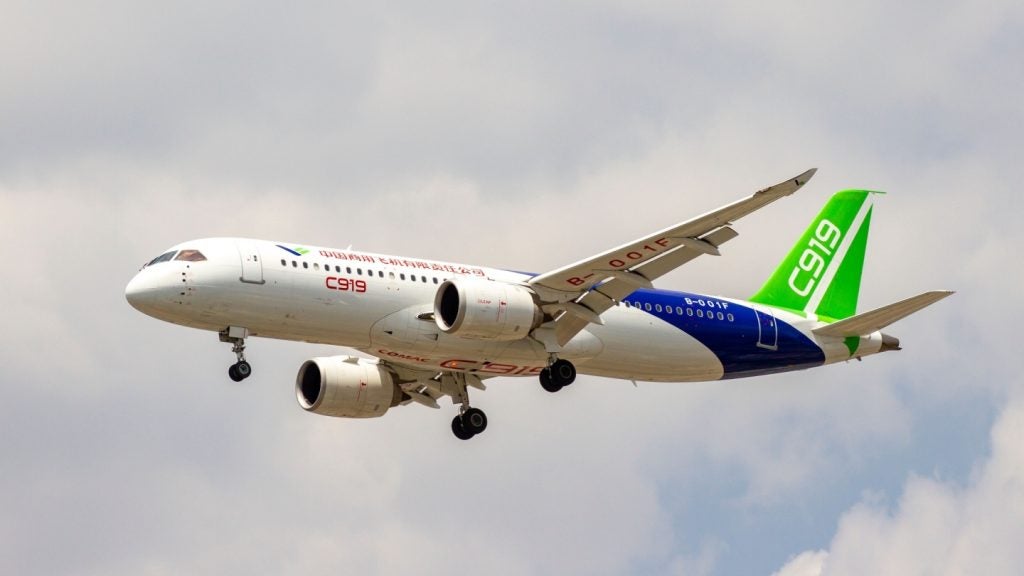
In deciding to prolong the deadline for aircraft operators to comply with its automatic dependent surveillance-broadcast (ADS-B) mandate, the European Commission has judged the mood of the room well.
As keen as the EU and SESAR Deployment Manager – the body set up by the Commission to coordinate air traffic management modernisation projects as part of the Single European Sky initiative (SES) – is for aircraft to have the new surveillance technology up and running, now is not the time for such labours to be front and centre.
The impact of Covid-19 on aviation has been nothing short of devastating, with the focus of most airlines now on survival and not much else. Other operators running vital medical and emergency flights to countries hard hit by the pandemic simply haven’t had time – or the necessary resources – to meet the mandate’s initial deadline of June 7.
Under the revision, new aircraft awarded their first certificate of airworthiness (CoA) from their respective national aviation authorities before December 7, 2020, will need to comply by that date.
Aircraft already in possession of first CoAs have until June 2023 to meet the regulation; however, in order to qualify for this leeway, they are required to establish a retrofit compliance programme by this December. Planes predating 7 June 1995, are exempt, as are those whose operations in European airspace are scheduled to come to an end by October 2025.
European airlines welcome ADS-B compliance extension
Operators that are not yet ADS-B-compliant are grateful for the new transitional regime, which was announced at the end of April. In a response statement, Athar Husain Khan, secretary general of the European Business Aviation Association (EBAA) – which has 684 members on its books – said the extra time would “go a long way in easing some of the burdens on operators”.
How well do you really know your competitors?
Access the most comprehensive Company Profiles on the market, powered by GlobalData. Save hours of research. Gain competitive edge.

Thank you!
Your download email will arrive shortly
Not ready to buy yet? Download a free sample
We are confident about the unique quality of our Company Profiles. However, we want you to make the most beneficial decision for your business, so we offer a free sample that you can download by submitting the below form
By GlobalDataTrade association Airlines for Europe (A4E), whose 16 airline group members represent over 70% of European air traffic, is also satisfied.
“Airlines welcome the extension of the deadline for the ADS-B mandate – as well as the extension of the transition period linked to the mandate,” says A4E’s policy director Achim Baumann.
“This allows airlines to mitigate the impact of the Covid-19 crisis on the availability of resources. They also see this as a chance for advancing the ground implementation of ADS-B technology and the integration of the ADS-B data into ANSP [air navigation service provider] operations.”
European regulators are hopeful they can follow in the footsteps of their counterparts across the Atlantic. The US’ own ADS-B mandate came into force across the country’s airspace in January 2020, as part of the Federal Aviation Administration’s (FAA) Next Generation Air Transportation System (NextGen) modernisation programme. US airlines that fly transatlantic routes also have the benefit of being ready to comply with European ADS-B regulations.
Modernising air traffic management with ADS-B
ADS-B enjoys wide support across the European aviation industry as a means of sufficiently modernising ground surveillance systems. For airlines, it means potentially flying more direct routes at more efficient altitudes, thereby burning less fuel. Amid financially straitened times, such cost effectiveness could prove to be crucial.
Able to transmit aircraft information derived from GPS, including altitude, airspeed and location, ADS-B allows air traffic controllers to visualise aircraft in real-time (in contrast to traditional ground-based radar, which is limited to the visible horizon).
“As a means of surveillance, ADS-B offers the opportunity to rationalise the coverage of secondary radars and consequently improve the efficiency of the ATM system,” says Giancarlo Buono, European regional director for safety and flight operations at the International Air Transport Association (IATA).
Crucially, ADS-B has the potential to improve safety across Europe’s busy skies, in which 37,228 flights were recorded in one single day by EUROCONTROL in June last year. While it may take some time before this level of movement is seen again, the fundamentals around air traffic control remain the same: the more information those on the ground have on aircraft activity, the safer the airspace.
“Using ADS-B provides operational benefits in the air and on the ground – something very much welcomed when traffic will return to normal levels,” says Baumann.
IATA questions current European mandate
According to the European Union Aviation Safety Agency (EASA), current data suggests that around 70% of European operators have already upgraded their aircraft with ADS-B equipment, although data around aircraft subject to retrofits are still vague.
It is likely though that some operators will still struggle to meet the new deadline. And while IATA supports the concept of ADS-B, it has also called into question whether the current European mandate is fit for purpose, particularly when it comes to ground infrastructure.
“The mandate – issued only for aircraft above 5,700kg, and not for air traffic services – defeats the purpose,” claims Buono. “That’s because while the airborne side – and only part of it – will be equipped, the ground infrastructure will not be ready to reap the benefits of ADS-B.
“The extension of the implementation for aircraft provides a small relief from an unfair mandate. The Covid-19 crisis could be a good time to review the overall framework of the surveillance infrastructure.”
Such disparities may well need to be addressed, but if Europe is to truly enjoy improved air traffic flow – not to mention greater capacity, efficiency, and safety – it would do well not to delay its roll-out of ADS-B for too long.






